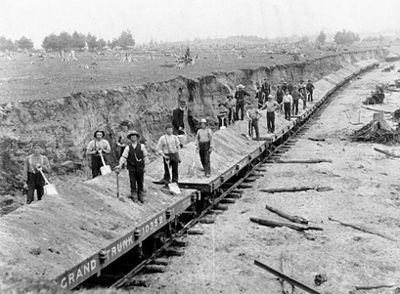Insolvency is a financial state defined by either of two situations. One is when a person, business or country cannot meet their obligations as they become due. The other is when the value of a person’s liabilities exceeds their assets.
For example, a person who owns a house debt free but cannot pay his taxes and heating bill because he has lost his job may be considered insolvent. This remains the case even if his home represents substantial wealth. Similarly, a person who has debts that exceed the value of her assets (perhaps because the value of her home has dropped substantially since she bought it) may be considered insolvent. This remains the case even if she earns enough to make the ongoing payments. Insolvency often, but not always, precedes bankruptcy. In many cases, the debtor is able to avoid bankruptcy by restructuring his or her finances. In some cases, an accountant licensed to be a trustee in bankruptcy is appointed to do this for the debtor.
In Canada, insolvency differs from bankruptcy in that creditors can petition the Bankruptcy Court (a division of the provincial and territorial superior courts) to declare the debtor insolvent and grant a “receiving order.” This order gives a trustee in bankruptcy control of the insolvent company’s assets. A receiving order can help prevent a debtor from hiding or spending their remaining assets and thereby escaping creditors.

 Share on Facebook
Share on Facebook Share on X
Share on X Share by Email
Share by Email Share on Google Classroom
Share on Google Classroom




